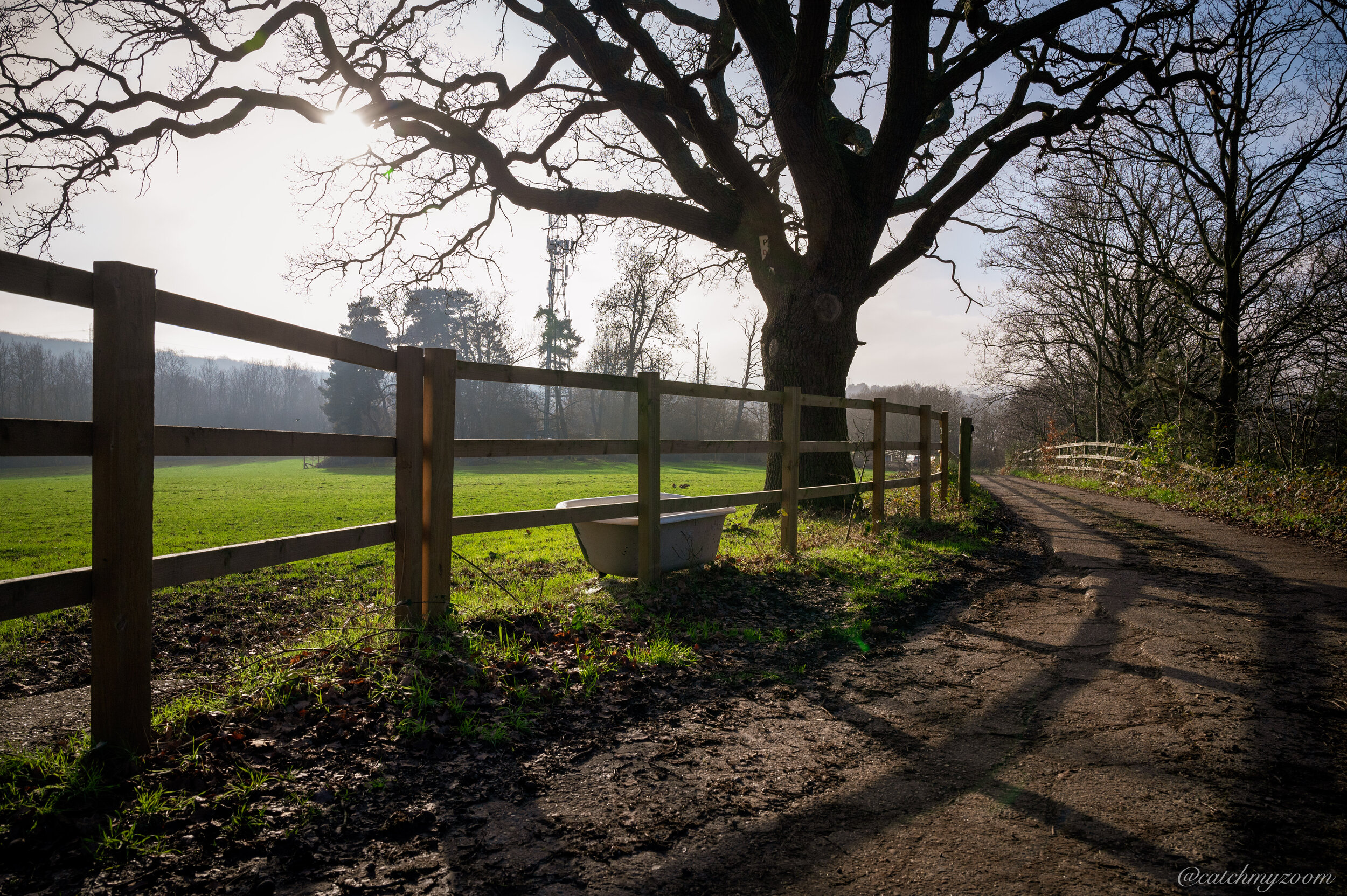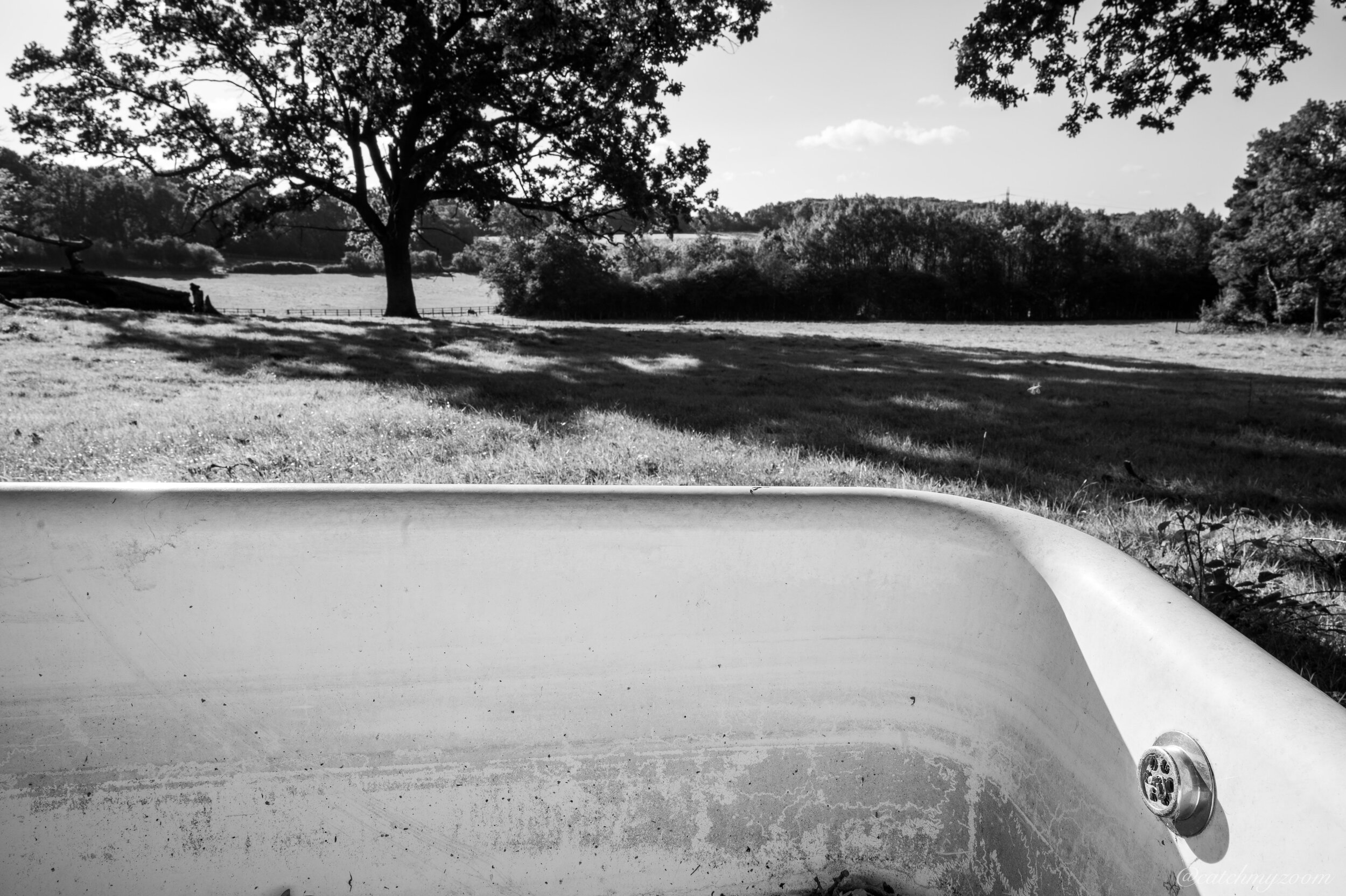People and the Environment (LO 1,2,3)
1/200s, f/7.1, ISO 400, zoom lens 24-70mm, f/2.8S
What Is Environmental Photography?
Environmental photography deals with documenting and introducing our surroundings. It's often a tool for raising awareness of important environmental and conservation issues. This niche focuses on the relationship between nature and humans.
It can be also describe as how we interact and influence with the surroundings and nature. It can be negative, positive or neutral.
In my photographs I am inspired by nature and landscape photography is my favourite genre.
Robert Adams (born 1937)
Robert Adams is an American photographer who has focused on the changing landscape of the American West. His work first came to prominence in the mid-1970s through his book The New West and his participation in the exhibition New Topographics: Photographs of a Man-Altered Landscape in 1975. Adams uses photography to express his love for the landscape and to understand how urban and industrial growth have changed it, all the while insisting that beauty in the world has not been entirely eclipsed.
I have read Adams’ essay Truth in Landscape from Beauty in Photography written over a 10 year period. Adams thinks that landscape photography offers three verities:
geography - as a record of the place and taken alone is sometimes boring; autobiography - is trivial and metaphor - can be dubious.
However taken together all three kinds of information strengthen each other and reinforce an affection for life. According to Adams we value landscape photographs through our life experiences and decide if the scene is important to us or not. “Making photographs has to be a personal matter; when it is not, the results are not persuasive.”
This week I am sharing some images I took.
My aim is to highlight the contrast of nature with human footprints in the following images. I am using my Nikon camera Z6, zoom lens 24-70mm, f/2.8S, zoom lens 14-30mm, f/4.5S and telephoto lens 70-300mm, f/4.5-5.6.
1/80s, f/22.0, ISO 160, zoom lens 70-300mm, f/4.5-5.6
I used a telephoto lens (a long focus lens in which the physical lens is shorter than the focal length) to capture the contrast of a skyline of trees with high buildings in Richmond Park. A small aperture of f/22 helped me to capture wider depth of field. With the small aperture less light is coming in and I balanced that with slower shutter speed 1/80s. As I was capturing a still subjects I didn’t have to worry about blurred movement.
1/320s, f/18.0, ISO 100, zoom lens 70-300mm, f/4.5-5.6
I captured this image from Richmond Park hill, Surrey. The city seems to be surrounded by nature from this point. It’s almost green versus grey. It was a bit foggy but the city was covered by polluted air.
I used slightly faster shutter speed 1/320s as I wanted to capture the bird on the picture. Here, as in a previous image, I used a narrower aperture f/18 to have a wider depth of field and have more in focus.
1/150s, f/11.0, ISO 100, zoom lens 14-30mm, f/4.5S
I found it interesting how a street in London finishes with a single green tree. This is where nature meets city, green versus brown, concrete versus life.
Wide angle lens helped me to capture more surroundings and thanks to narrower aperture f/11, often used for architecture and landscape, everything is in focus (depth of field). I used shutter speed 1/150s as it was a bit windy but I could have used 1/100s and it would be fine.



The first image I took in the spring and decided to include it here simply because I like the shadows and leading lines. Last week I haven’t been so fortunate with sunny weather as it is visible on the other two pictures from the same location in Surrey. I am passing this point when walking my dog and always find it interesting, almost surreal. On the first image I used my zoom lens 24-70mm, f/2.8S with aperture f/7.1 while on the following two I used a wide angle lens 14-30mm, f/4S with the aperture f/9.0. There is a slight distortion on the last two images and it gives them a different feeling.



I have been playing with different angles of capturing the view and bath tub. I kept main picture in colour however I find black and white photos more personal and soulful so I edited them in Lightroom. All the above images are taken with zoom lens 24-70mm, f/2.8S, 1/80s, f/13.0 and ISO 100. I used narrower aperture to maintain a deep depth of field.
1/60s, f/5.0, ISO 200, zoom lens 24-70mm, f/2.8S
On my walk in the forest I found this abandoned chair as another contrast in nature. It was quite dark there so I had to use slower shutter speed 1/60s. This is the slowest I could go without using a tripod to avoid a camera shake and blurry picture. To maintain good light I opened up my aperture and increased the ISO a bit.
Sources: R.Adams, essay: Truth in Landscape from Beauty in Photography; British Journal of Photography; internet; course material; youtube








